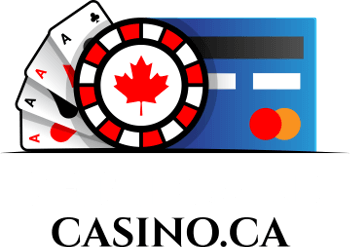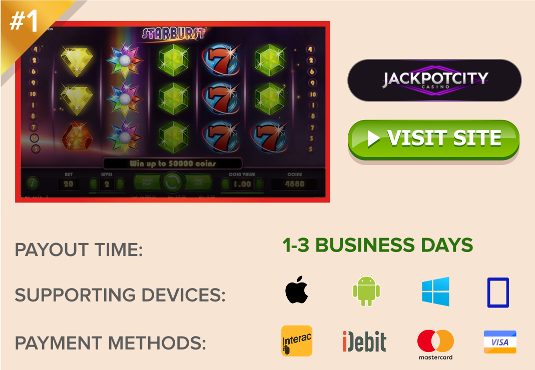More Ways to Play Canadian 200 (Part 1)
 Two Hundred (200) is widely played in Canada, in one form or another. The game has quite a few variations to the rules, most of which are also widely popular in different regions. Note that this article assumes you are already familiar with traditional 200 Rules.
Two Hundred (200) is widely played in Canada, in one form or another. The game has quite a few variations to the rules, most of which are also widely popular in different regions. Note that this article assumes you are already familiar with traditional 200 Rules.
In Part 1, we’ll deal with general rule alterations. Next, you may also want to read Two Hundred Rule Variations Part 2, where we’ll discuss how to play cuthroat (no partners) and alternate structures for 2, 5, or 6 players.
Variant Ways to Play Canadian 200
Variants aren’t for everyone. Tournament players prefer traditional rules, where skill plays a larger role in the outcome. Informal players tend to play with other rules—especially the use of a kitty—for the added element of entertainment, luck and unpredictability. Which brings us to our first variation of Two Hundred…
200 with Kitty, 40-Card Deck
This is the most popular non-tournament rule of all. It uses a 40-card deck by including all 6s.
The dealing of cards is altered. Each player receives a batch of three cards, then two to the kitty, another batch of three per player, two more to the kitty, then a final batch of three to each player.
Bidding takes place as normal. The winning bidder will add the kitty to his hand, then discard any four cards back to the kitty before declaring trump.
Play proceeds as usual from here, with just one exception. During scoring, the kitty is revealed. Any point value cards in the kitty automatically go to the defending team’s score (i.e. don’t discard points to the kitty).
Note that some players do not allow points to be discarded to the kitty. Others will count points in the kitty for the contracting team. However, this allows bidders to drop 5s and 10s in the kitty for instant points, greatly increasing bids and the success rate of bidding teams.
Le Rough
Popular in Quebec, this variation uses the traditional 36-card deck, with a 4-card kitty. Each player gets 8 cards instead of 9. The target score is 350 to win, and the minimum bid is 70. If the bidder discards points into the kitty, they count towards the contractor’s score. The bidder can declare trump, or “no trump” (See Declare No Trump below).
Regardless of the amount of the winning bid, if a contractor declares before taking the kitty that his team will win all 100 points, successfully doing so will instantly win the whole game. If the contracting team fails, the defending team wins the whole game.
Some players of Le Rough will force the dealer to pass if all previous players pass. Thus the dealer’s partner is encouraged to bid at least 70 if at all possible, so that the dealer will not be forced to throw in a strong hand.
Declare No Trump
By this rule, it is possible to declare “no trump”. In this case, there is no trump suit. The card led is the card followed (if possible). When declaring no trump, all point values are doubled. A 60-point contract scores 120 for success, -120 for failure. The defending team also scores double for any points caught.
Bid 100, Get 200
By some rules, a team who bids 100 (catch all tricks) and succeeds will get 200 points, instantly winning the game (unless the team’s score is in the hole). If a team fails to captures all points, they lose only 100.
Bid 100 to Win
Another common variation awards the game to any team that bids 100 and succeeds. The current score is irrelevant, even if the team is in the hole, or the other team has more points after the hand.
Dealer can Keep the Bid
By this rule, the dealer has the option to say “I keep the bid”, meaning he is bidding the same amount as a previous bidder. For instance, if another player bids 60, the dealer can “keep” 60. Other players who have not yet passed can still bid higher if they want. Also, if a player bids 100, the dealer can steal the bid by “keeping” 100.
Force Bid to Dealer
In this variant, if all three of the first bidders pass, the dealer is forced to take the bid for 50. This rule is more common in 200 with Kitty games.
One Round of Bidding
This rule doesn’t allow the bid to go beyond the dealer. Each player has one chance to bid, and the dealer is usually allowed to “keep”.
In eastern Quebec, it’s common for the dealer to get a free bid if all others pass. The dealer automatically wins the contract for 0. All points captured by each team are scored, but no negative score is taken.
Goal Score 300-500
The main goal of setting a target score of 300 or 500 points is to extend the game. When doing so, teams are often required to bid in order to score any points once their score reaches a certain threshold. In 300 point games, a team with a score of 200+ prior to a hand cannot score unless they are the contracting team. In 500 point games, the threshold is 300+ before the hand starts.
A team will instantly lose if their score is in the hole (box) by the goal score, unless the other team is also in the hole. In a 300 point game, a score of -300 loses. For a 500 point game, -500 loses. Some players of a 500 point game will force a loss at -300.
Another optional rule requires teams to bid a minimum of 60 points to score once the threshold is reached.
Highest Score Wins
In this variant of 200, no scoring threshold is enforced. If both teams reach/exceed 200 on the same hand, the highest score wins, regardless of which won the last bid. A tie may be handles in one of two ways. Either the bidding team wins, or another hand is played to break the tie.
Bid It to Win It
Another variant without a scoring threshold, this rule states that a non-bidding team cannot win if their score reaches 200. Another hand must be played. Only the team that wins the bid, and scores 200+ points, can win.
Skunk
A “skunk” can occur in two ways. If one team beats the other team in two straight games with a score of 200 – 0, it’s called a “skunk”. Some players also invoke “skunk” if one team’s score is in the hole when the other team wins. A skunk is equivalent to winning 2 games of Two Hundred, not just one. Skunking is generally employed when playing for money.
10-12 Card Hands
It’s not uncommon for players to use a full deck of cards, dealing 12 to each player with a 4-card kitty . On south-east New Brunswick, some play with 10-card hands, either including the 6s with no kitty, or including 4s and 6s with a kitty.
60+ Minimum Bid
The rules of 200 with kitty often apply a higher minimum bid of 60 or 65, since the contractor has a higher chance of success.
Misdeal for Junk Hand
This Two Hundred rule variation allows any player who is dealt a junk hand of no Aces or face cards (all 10 and below) to declare a “misdeal”. Every players throws in their cards, and the same dealer will shuffle and deal again.
Ways to Play 200 Part 2: Cutthroat and 2, 5, or 6 Player Variants
 Jackpotcity.com is our editorial pick for your gaming needs. Currently offering an entire suite of casino games, as well as a wide range of Canadian deposit options, JackPotCity truly offers world-class gaming.
Jackpotcity.com is our editorial pick for your gaming needs. Currently offering an entire suite of casino games, as well as a wide range of Canadian deposit options, JackPotCity truly offers world-class gaming.





